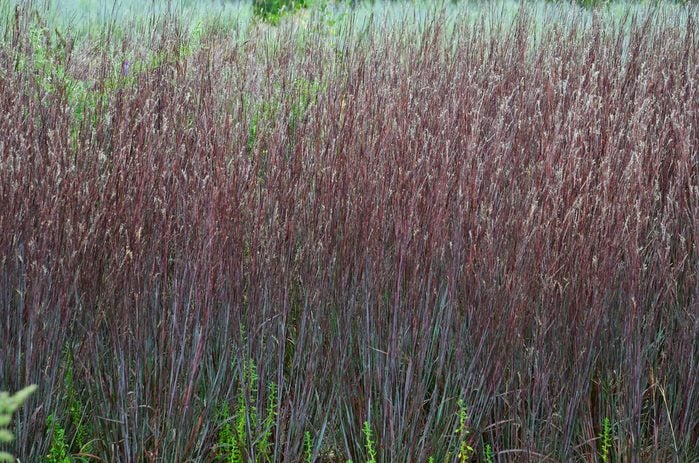
Top 10 Perennial Grasses to Grow
Ornamental grasses look stunning and offer interest during the colder parts of the year, in addition to providing for wildlife. Here are 10 perennial ornamental grasses to try.
But first, some top ornamental grass care tips: Leave healthy ornamental grasses standing throughout winter in the garden. Many provide protection and food for birds and small mammals. The fine foliage and seed heads add visual interest when many plants have faded.
Use a hand pruner or trimmer to cut back the dead leaves and stems of ornamental grasses in late winter or early spring before growth begins. Tye the stems together with twine or a bungee cord before shearing to make cleanup easier.
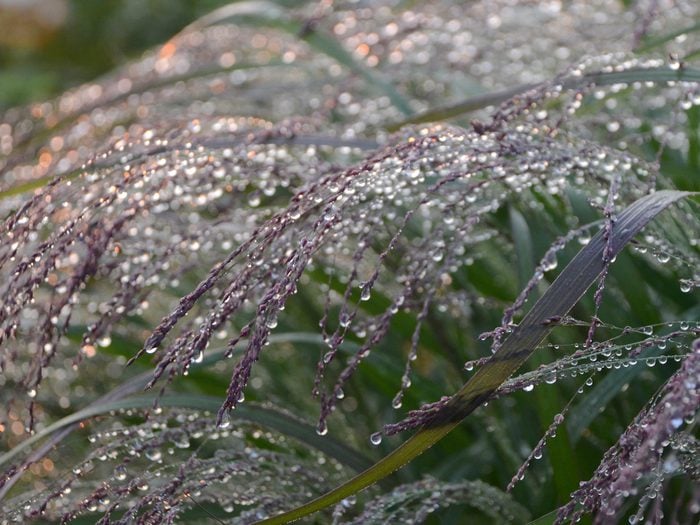
Switchgrass
Panicum virgatum, Zones 3 to 10
The birds, the butterflies and you will all love this garden addition. The clump-forming native grows up to 6 feet tall and prefers full sun and moist, well-draining soil. Shenandoah, Northwind, Heavy Metal and other cultivars provide a variety of size options, making this grass a perfect fit in most landscapes.
Why we love it: Finches like to snack on the seed heads. Skipper butterflies use the perennial grasses as a host plant.
Check out more native ornamental grasses to grow for birds and butterflies.
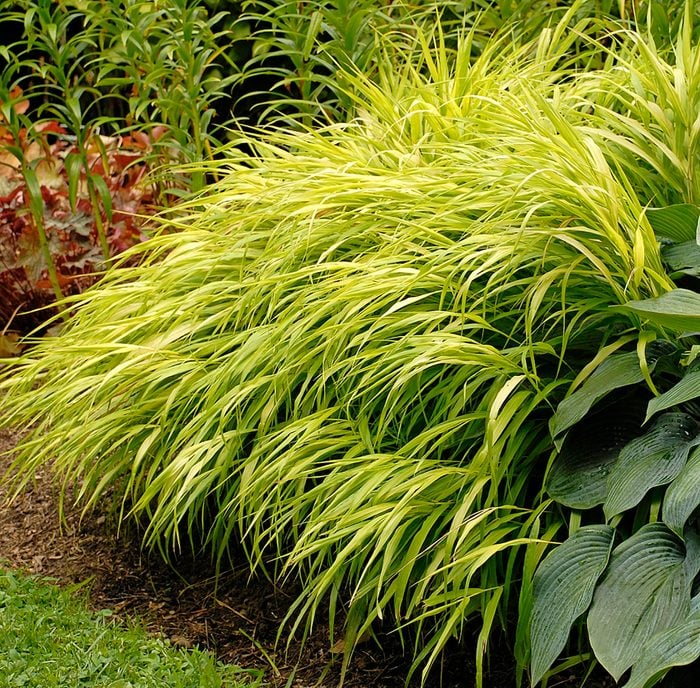
Japanese Forest Grass
Hakonechloa macra, Zones 4 to 9
Combine this shade-loving grass with coral bells, astilbes and hostas. (Psst—hummingbirds love hostas.) Its fine texture looks fantastic in covered spots, with a growth habit that is reminiscent of a spider plant. Consistently moist and well-draining soil is a must. Grow in woodland and border gardens.
Why we love it: Variegated cultivars with white, green or gold striping offer even more appeal.
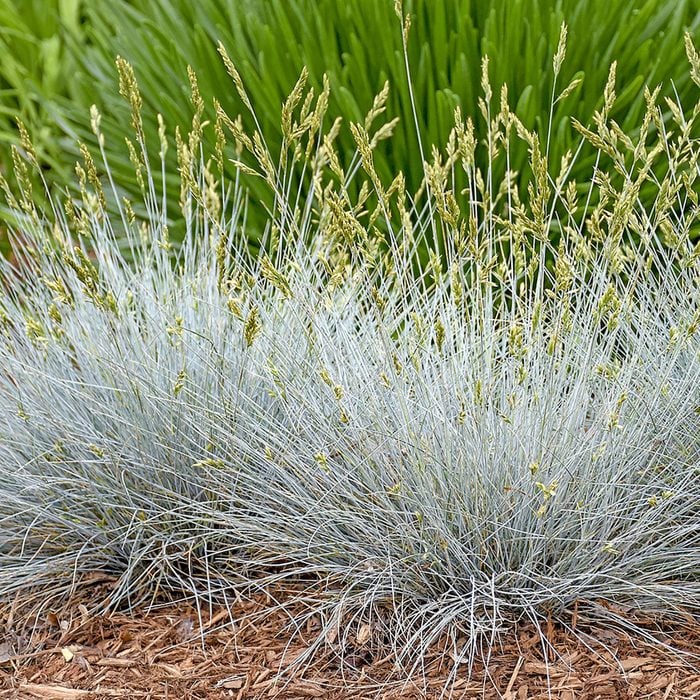
Blue Fescue
Festuca glauca, Zones 4 to 8
Tolerant to heat, drought and salt, this is a great choice for those challenging conditions. Grow it as a companion alongside blanket flower, sedum, globe thistle and many other drought tolerant plants. Avoid using it in areas with poor drainage. Blue fescue grows up to 1 foot tall and has silvery foliage that is evergreen in warmer climates.
Why we love it: Low growing and water wise, it makes a nice edging plant, ground cover or accent plant.
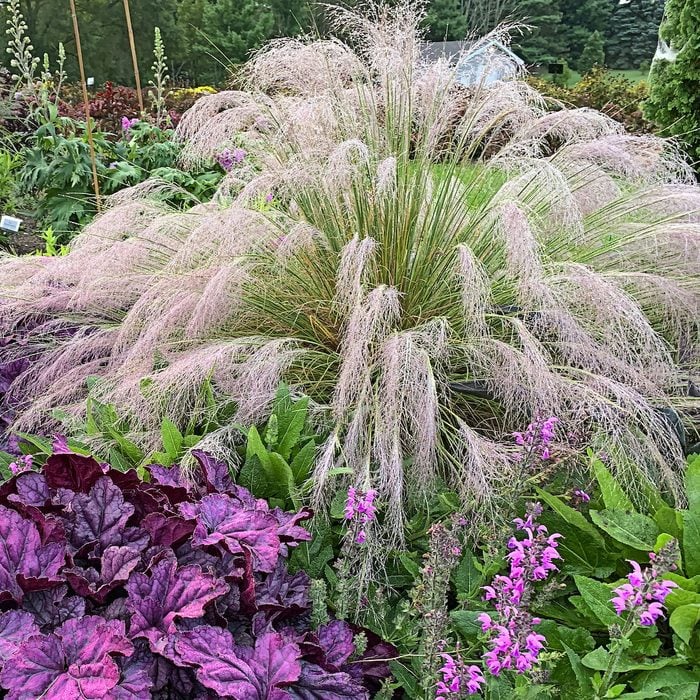
Pink Muhly Grass
Muhlenbergia capillaris, Zones 5 to 9
Make room in the garden for this late-season standout. Muhly’s pink flowers, followed by purplish seeds, add welcome color in fall when many annuals and perennials are past their peaks. Tolerant of heat, humidity, drought and salt, this plant grows 1 to 3 feet tall and is even more impressive when used en masse.
Why we love it: The native perennial grasses provide food and cover for birds, butterflies and other kinds of wildlife.
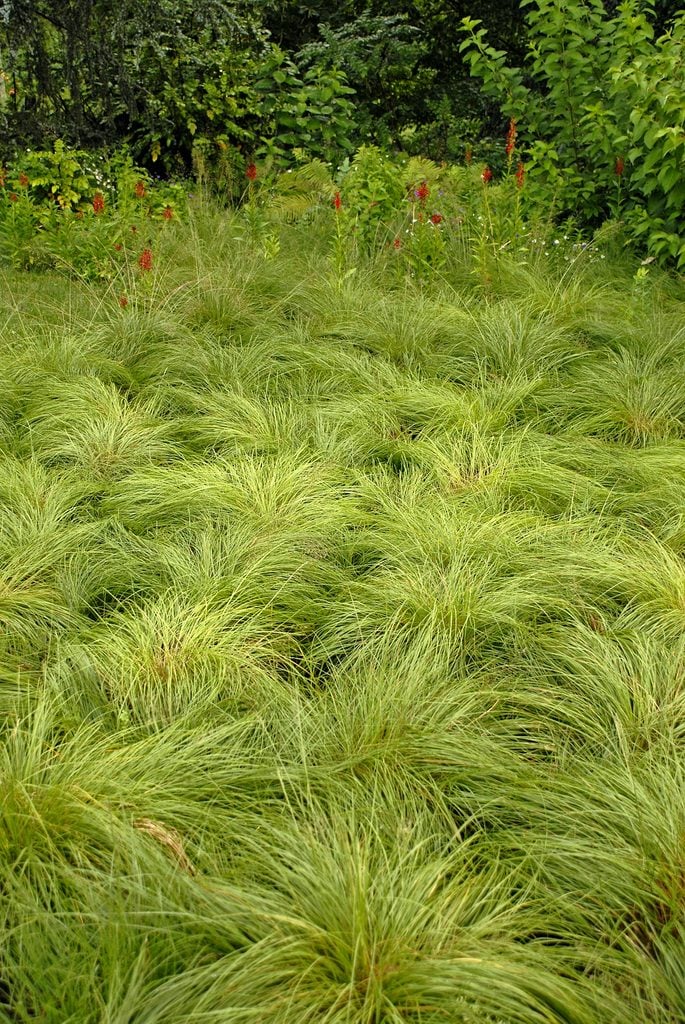
Prairie Dropseed
Sporobolus heterolepis, Zones 3 to 9
A native grass, prairie dropseed is adaptable but grows best in full sun and well-draining soils. The tufts of fine leaves grow 2 feet tall and 3 feet wide and add interest through winter. Fall flowers are followed by seed heads that look like garden gems when covered with ice. Use as a substitute for invasive fountain grass.
Why we love it: Forming a gorgeous grass carpet, it’s at home in prairie or natural gardens.
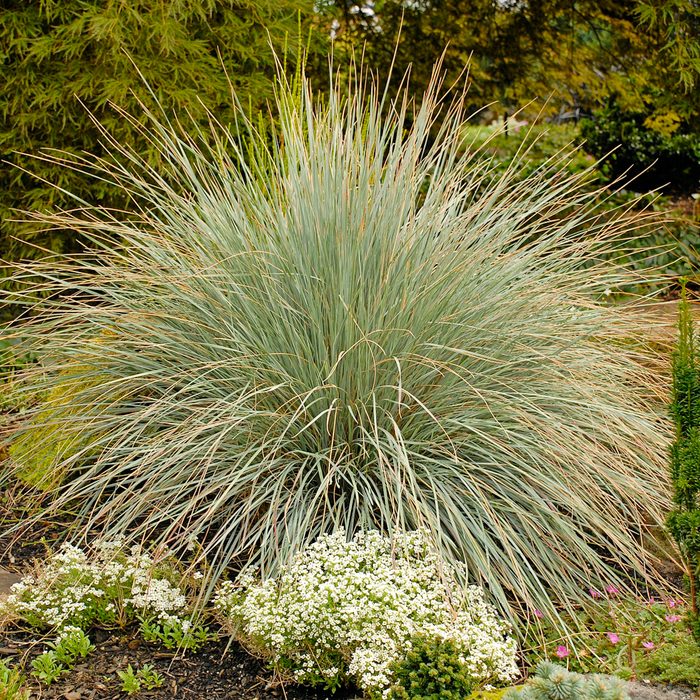
Blue Oat Grass
Helictotrichon sempervirens, Zones 4 to 8
Blue oat grass is an excellent choice for well-draining to dry soils in sunny to partly sunny locations. The arching blue-green leaves form a mound 2 feet tall and wide. Blue flowers appear in summer, then fade to brown. Combine this ornamental option with other drought tolerant annuals and perennial grasses for easy watering.
Why we love it: Black walnut, drought, deer and pollution aren’t an issue for this grass.
Check out the top 10 year round flowers and perennial plants.
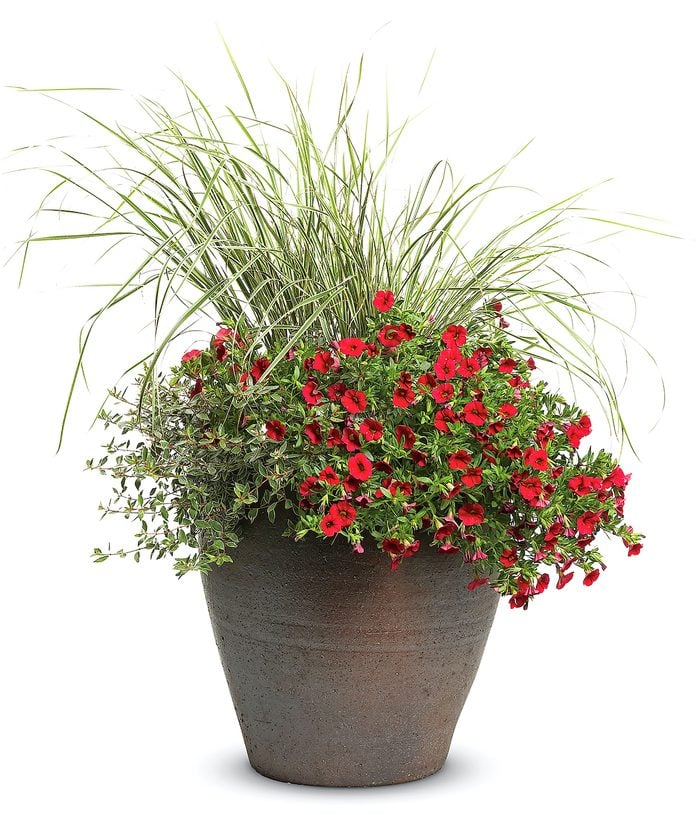
Feather Reed Grass
Calamagrostis spp., Zones 4 to 9
This grass provides a vertical accent 3 to 5 feet tall in a garden, along a border or in a container. Though best in full sun to light shade and well-draining, moist soil, it can adapt. Black walnut trees, drought, deer and rabbits won’t bother it.
Why we love it: Tall enough to command attention, it’ll thrive even in small yards.
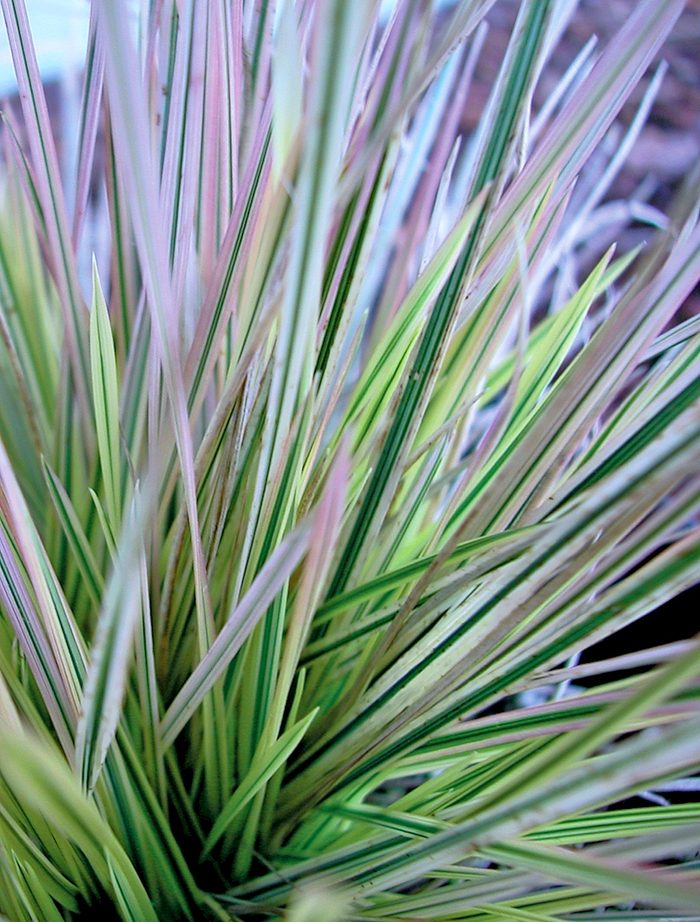
Tufted Hair Grass
Deschampsia cespitosa, Zones 4 to 9
Earth-toned flowers appear above mounds of this native grass’s green leaves in early summer. The leaves turn gold in fall and keep their color and shape throughout winter. The Northern Lights cultivar’s green-and-cream variegated leaves have a pinkish blush in spring.
Why we love it: A host plant for several butterflies, this grass thrives in full sun to part shade and in lots of soils.
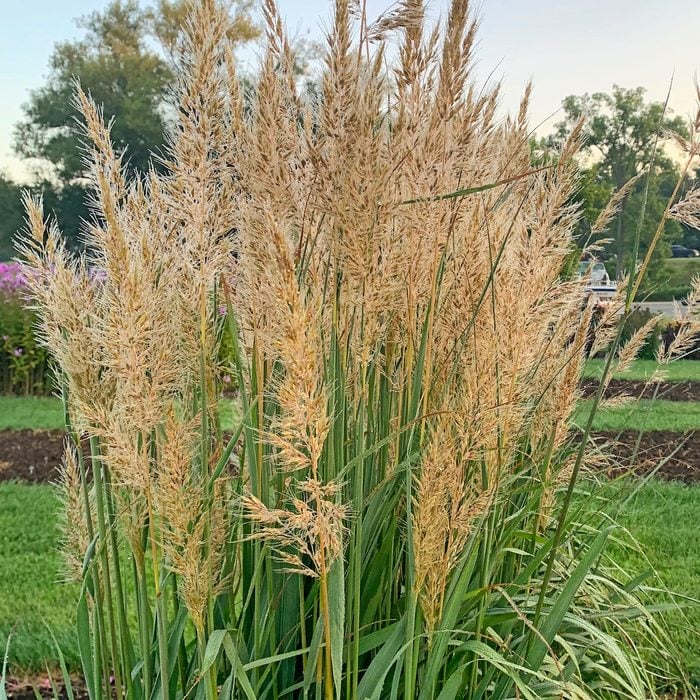
Indiangrass
Sorghastrum nutans, Zones 3 to 9
Enjoy seasons of beauty when you grow Indiangrass. The 5-to-7-foot-tall plant has blue-green blades that turn gold in the fall and are topped with gold-bronze seed heads. It does self-seed, so it’s best used in gardens with room for it to spread.
Why we love it: This drought tolerant native plant provides a great habitat for songbirds and game birds.
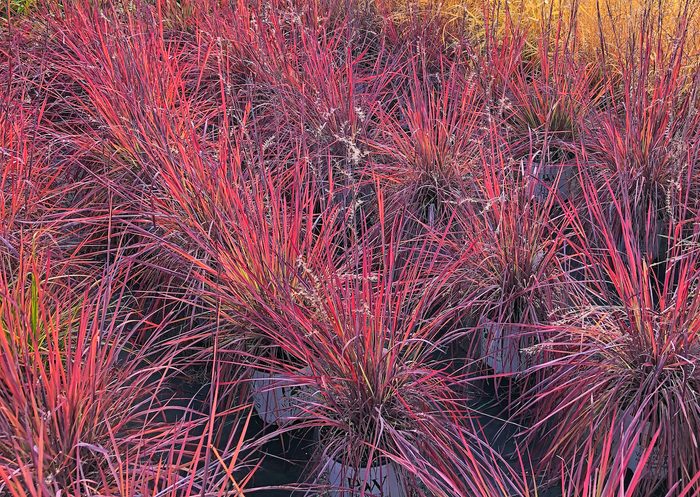
Little Bluestem Grass
Schizachyrium scoparium, Zones 3 to 10
It’s no surprise this 3-foot-tall, drought tolerant native grass was selected as the 2022 Perennial Plant of the Year. Grow it in full sun and well-draining soil. Cultivars such as Jazz or Standing Ovation tend to stand upright and not flop in rich soils, and Prairie Winds Blue Paradise is deep wine purple in fall.
Why we love it: Fluffy silver-white seed heads last through winter.
Next, follow these expert tips for growing a drought tolerant garden.
